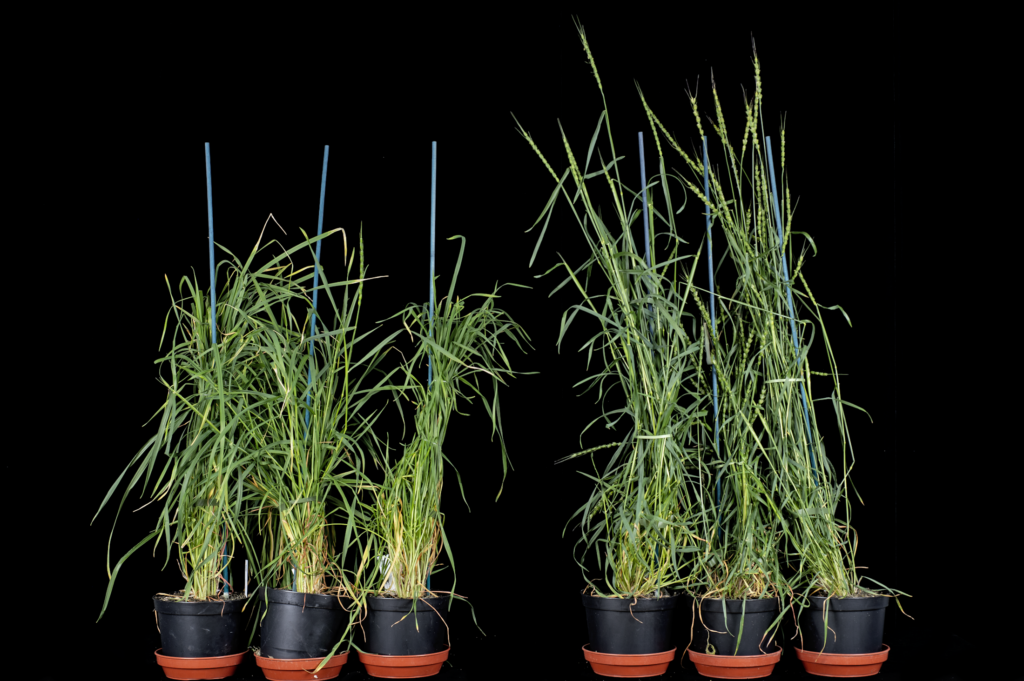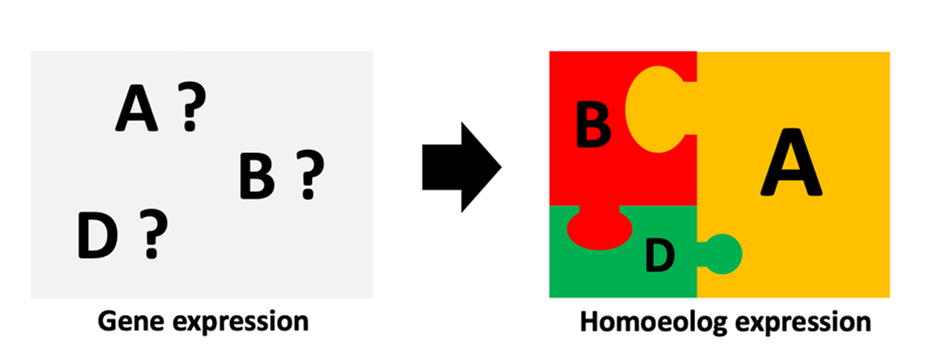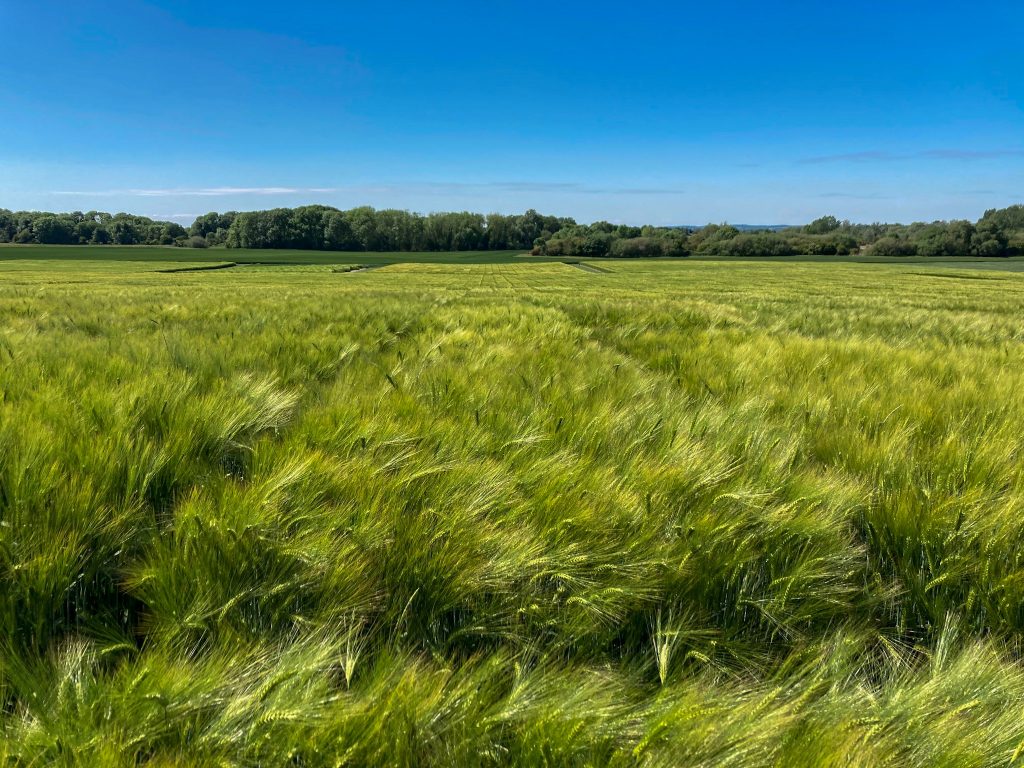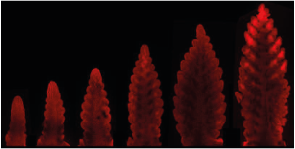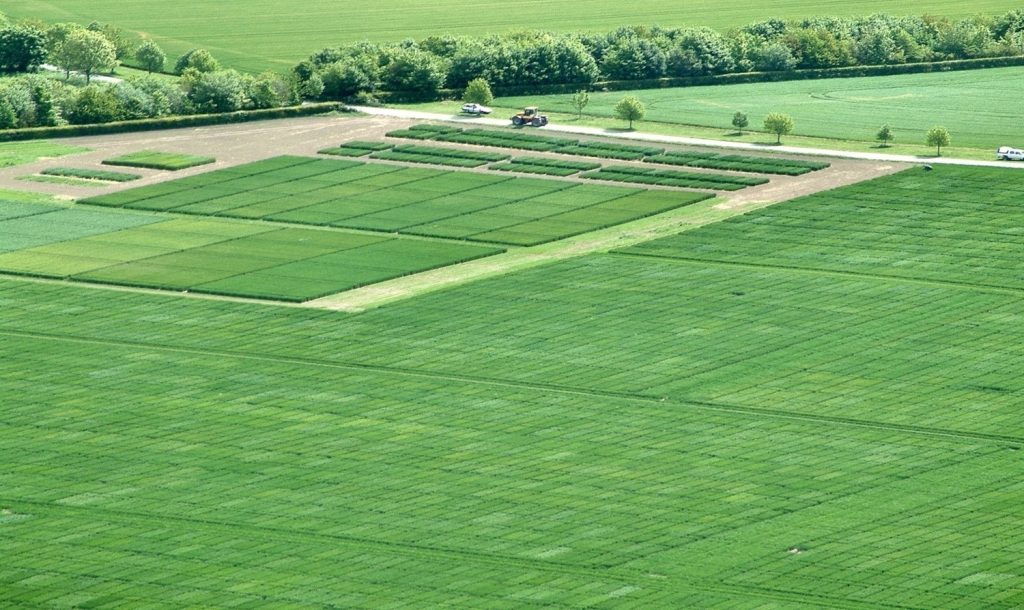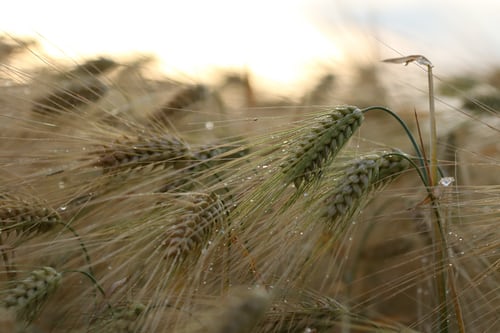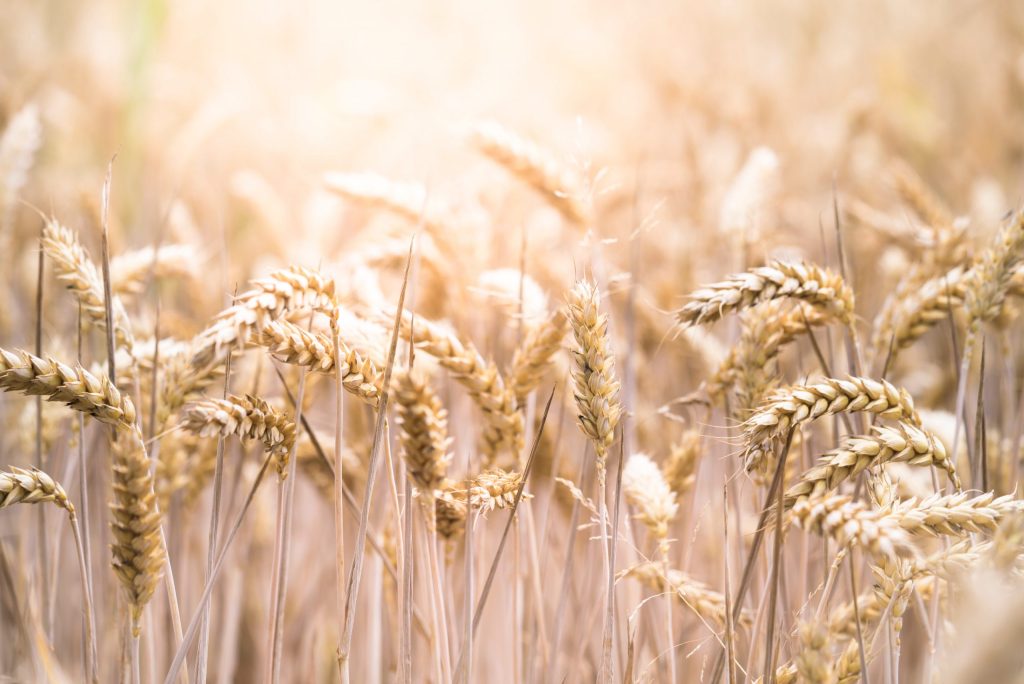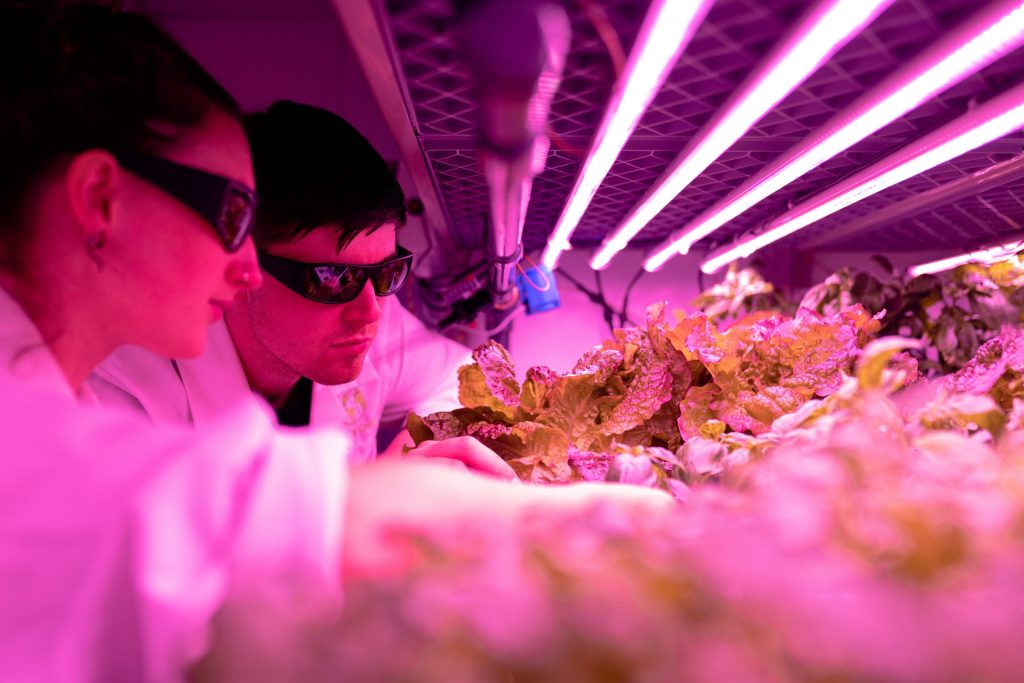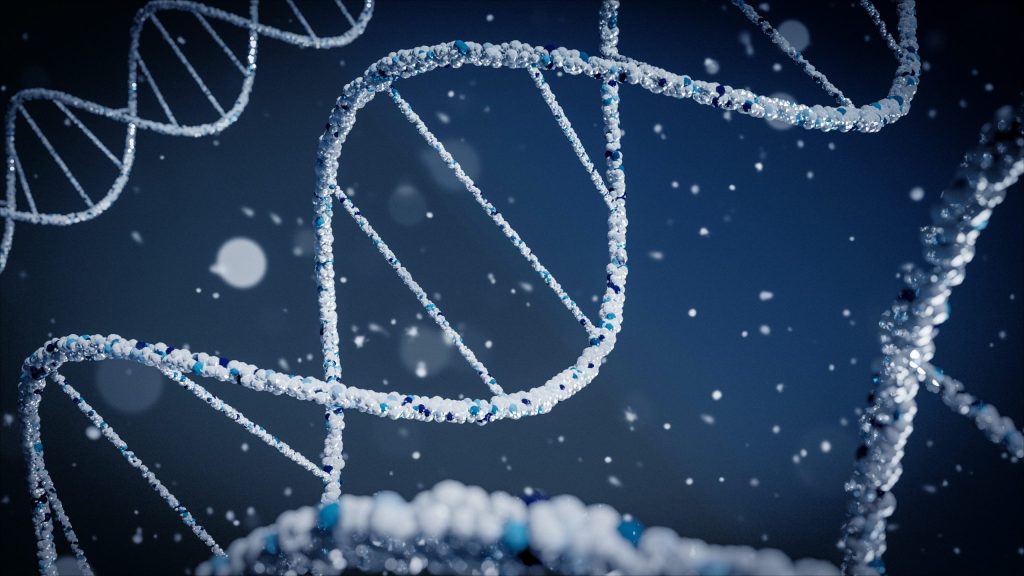My adventures with Aegilops tauschii to understand starch granule formation
Growing up in Norfolk, I’ve always been exposed to plants; you can’t drive very far without seeing fields of wheat, barley and sugar beet growing. Perhaps it was no surprise that I ended up specialising in plant science at university. However, my course only whetted my appetite for plant science and left me with many […]
My adventures with Aegilops tauschii to understand starch granule formation Read More »

